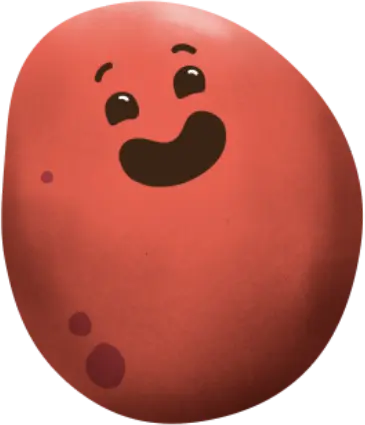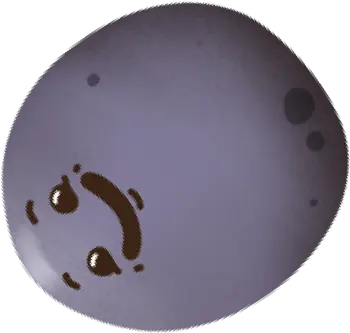Table salt, Kosher salt, sea salt — are they the same? When do you use which, and why? If you’ve been wondering, let’s clear up the confusion now. (Hint: it’s about the size and shape of the crystals.) Because chemically, there’s no difference between salts which are all sodium chloride or NaCl. First of all, it matters to know your salts. After a high-quality, sharp chef’s knife, salt is any cook’s No. 1 ingredient for enhancing flavors and adding depth, the pros say. Here’s a quick salt 101.
Table salt
Table salt is Sodium Chloride sourced from salt deposits underground and then refined to remove minerals. It looks like a powder of tiny white grains, which are really crystals of uniform shape. It’s dense and fine, so a little goes a long way — in fact, table salt is about twice as potent as kosher salt. Table salt might be fortified with iodine, and it might have something like calcium silicate in it to keep the powder from caking or clumping. Use it for adding seasoning to the table to your taste. It’s also optimal for use during the cooking process, and for seasoning soups and stews or salting pasta because it dissolves quickly in liquid.
Use it in Vegan Potato Soup or Slow Cooker Creamy Vegetable Soup
Kosher salt
Kosher salt is made up of uneven, large white grains, explaining its nickname “rock salt”. It’s from land salt mines, but less processed than table salt. In the Jewish kitchen, cooks use it to extract blood from meat to make it kosher, as per the guidelines for kosher foods in the Torah. It’s also the most widely used salt in commercial kitchens and Diamond Crystal is the brand of choice. Kosher salt is coarse, less refined, and takes a while to dissolve; however, because it is composed of larger flakes, it’s not as dense. That means you can use it for more than table salt.
The advantage of kosher salt is its versatility. It’s also easier to distribute evenly because the grains are so sizable and rough. Use it to season foods at any phase in the cooking process, especially for curing and salting meat before cooking. Like sea salt, it adds brine and crunch to savory dishes, which is why chefs prefer it over table salt. It’s about 20% more expensive than table salt if you buy it in bulk.
Sea salt
Sea salt, or “bay salt,” is pretty to look at: it comes in small, clear crystals in various sizes, often an inverted pyramid-shaped — available in fine or coarse crystals. It’s also the least processed of all salts, used in both cosmetics and cooking. Popular varieties are Hawaiian, France’s fleur de sel, and Celtic. Though it’s coarse, it’s not very dense because its flakes aren’t uniform in size. Sea salt can come colored, seen in various shades, and might also contain some trace minerals (magnesium, calcium, potassium) that affect the color and taste. That is because salt producers collect crystals from evaporated seawater and salty rivers around the globe. Understandably, sea salt is more expensive, thanks to the labor-intensive production.
It’s best to use this premium salt for finishing because of the cost, and how it melts pleasantly on the tongue and adds interest; for example, as a sprinkling atop homemade caramels or an enhancement to hot steak off the grill. You don’t really ever have to use sea salt, but it is fun and fancy. Wield it as a gourmet flourish.
Use it on Chocolate Dipped Sea Salt Potato Chips


